There are a large number of “river crossing puzzles” in the world of logic puzzles, in which people must cross a river with a variety of constraints. One of the most popular of these puzzles is the Bridge and Torch Problem, which tests your logic skills and your rational thinking. Though it may seem like a simple enough question, the answer to this tricky word problem eludes many of the people who try to solve it.
In the Bridge and Torch Problem, four people approach a riverbank at night. The narrow bridge nearby can only hold two people at a time. They only have one torch, but it has to be used when crossing the bridge. It takes Person A one minute to cross, Person B two minutes to cross, Person C five minutes, and Person D eight minutes. Two people crossing the bridge together must move at the slower person’s pace.
Can all of the people cross the bridge in 15 minutes or less? Once you reach an answer, check it here!

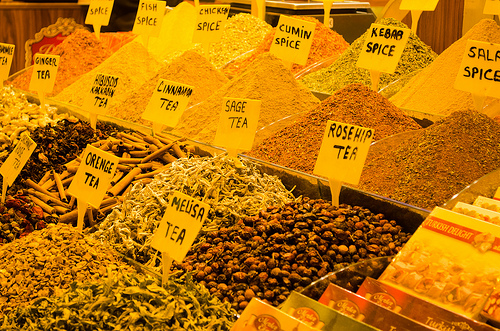
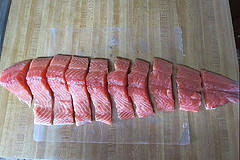
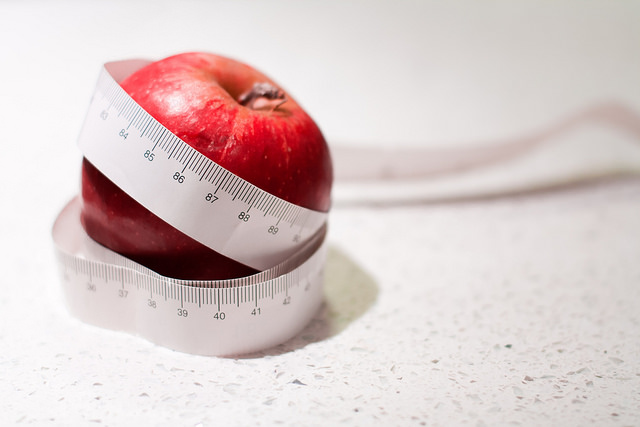

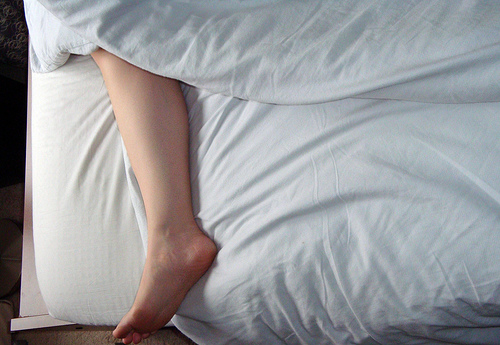



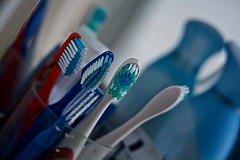
 Equal Housing Opportunity
Equal Housing Opportunity